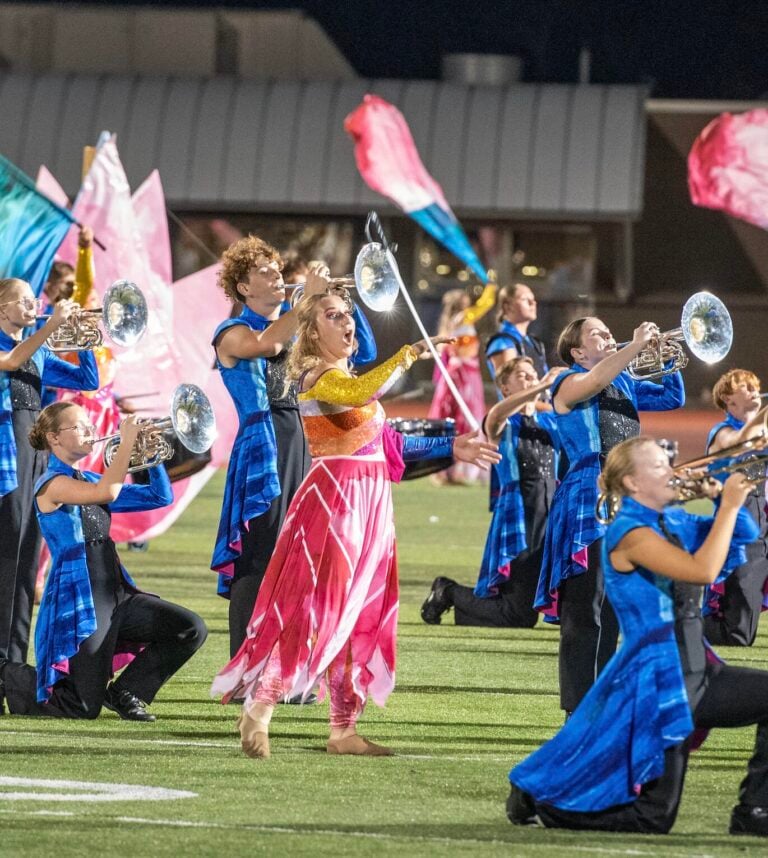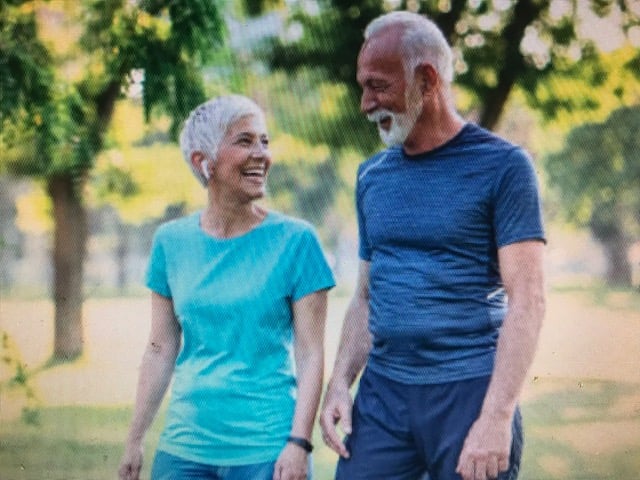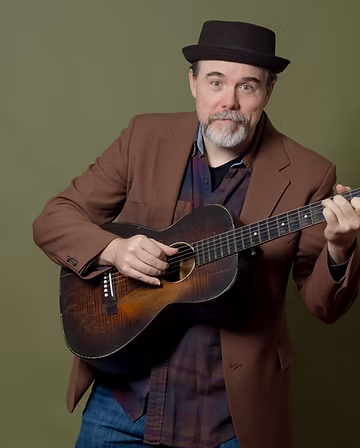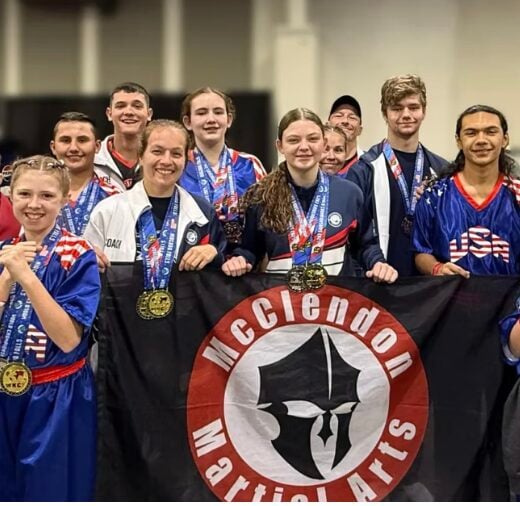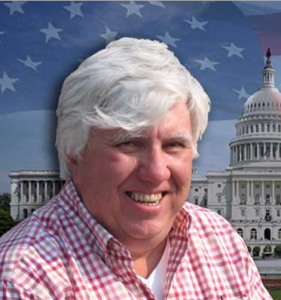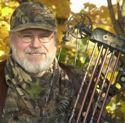Wearing ear protection is a no-brainer when headed to the range, or plinking — informal target shooting at tin cans, plastic bottles filled with water, or hanging metal plates.
But shooting rifles, pistols of shotguns anytime without ear protection is risky behavior.
“Shoot just once or twice (without ear protection) and you can have significant hearing loss,” said Lindsay Ciletti, a Doctor of Audiology with Kentuckiana Ear, Nose and Throat in Louisville. “I’ve seen hunters that have had that experience.”
Hunters are especially at risk. They need to hear a squirrel cutting a nut in a treetop, the sound of wings in the wind as ducks approach, the subtle clucks of a wild turkey, or the rustle of leaves as a deer walks through the forest. But when it comes time to shoot, they seem to forget about wearing any ear protection.
Over a lifetime of hunting, the damage to the ears is cumulative, and impacts a hunter’s ability to hear certain sounds in conversation and general clarity of speech. “There are no magic pills to reverse hearing loss,” said Ciletti.
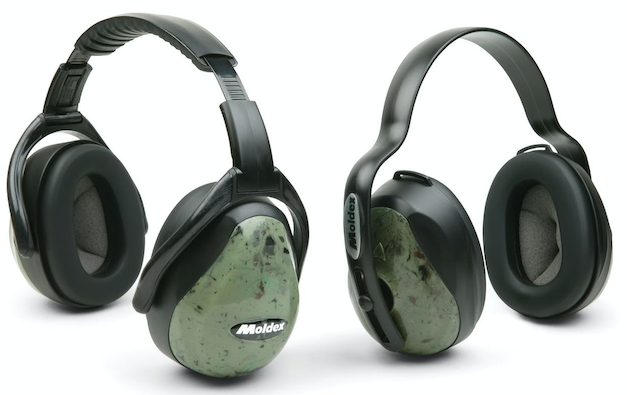
So-called noise-induced hearing loss occurs when sound waves damage the sensitive hair cells in the inner ear, which send messages to the brain as nerve impulses.
The crack of a high-velocity centerfire rifle sends a shock wave of sound that can cause temporary hearing loss or permanent hearing loss, since these delicate hair cells in the ear do not regenerate.
Noise-induced hearing loss may not affect both ears equally. For a right-handed shooter, the left ear is generally exposed to more noise. This is especially true when shooting long guns — rifles and shotguns — since the left ear is closer to the muzzle and the right ear is shielded by the shooter’s head, right arm and hand.
The trend towards shorter-barreled rifles and shotguns has also compounded the issue, since the shorter the barrel, the louder the report. Also hunter fascination with high-velocity magnum calibers and muzzle brakes to manage felt recoil, have upped the noise levels.
The shooting environment is an important consideration, too. Enclosed areas such as wooden box blinds, with hard, acoustically reflective surfaces, increases reverberation and sound exposure.
When spotting for a shooter or hunter with binoculars, position yourself behind the firearm’s muzzle since sound is directional. If you are beside the rifle’s muzzle, you’ll receive considerably more noise exposure than the shooter.
For more outdoors news and information, see Art Lander’s Outdoors on KyForward.
For hunters in the field ear plugs may be the best option for reducing noise exposure.
But Ciletti cautions that if not properly inserted, ear plugs won’t provide protection.
“Roll the plug in your fingers (to reduce it’s size),” he said, “then pull back on your ear to straighten the ear canal and insert the plug.”
For maximum protection, use ear plugs in conjunction with ear muffs during extended shooting sessions.
Moldex Pura-Fit 6800 ear plugs are made for comfort and tested for maximum protection against noise. They are tapered so they are easier to insert in any size ear canal, and longer so they are easier to grasp. The special foam is formulated for softness and comfort, and the outer surface is smooth, so it doesn’t irritate the ear canal.
For more information on their ear plugs and muffs, including camouflage models, visit their website.
Enjoy shooting sports, but remember to practice hearing conservation at all times.
Art Lander Jr. is outdoors editor for KyForward. He is a native Kentuckian, a graduate of Western Kentucky University and a life-long hunter, angler, gardener and nature enthusiast. He has worked as a newspaper columnist, magazine journalist and author and is a former staff writer for Kentucky Afield Magazine, editor of the annual Kentucky Hunting & Trapping Guide and Kentucky Spring Hunting Guide, and co-writer of the Kentucky Afield Outdoors newspaper column.












